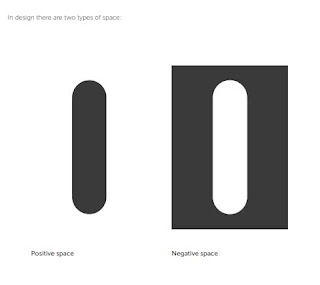

I recently spoke with Margaret about her newest book and its application for the classroom. “This sample, made to show a designer a way to paint feathers on the legs of a bird-dancer, is made by painting ‘off the edge’ of a row of mylar feather stencils.”


After this black and white step dried, I painted the velvet with reds ands burgundies, steamed and washed the fabric to set the paint, and the pieces were made into a coat for the Drosselmeyer character for a Nutcracker Ballet.” “Stretch velvet pieces painted with a variety of cut mylar gear stencils and found hardware–chains and bolts. In fact, Margaret told me, “From masking tape, sticker dots, netting and lace to simple and elaborately cut mylar stencils–I can’t think of a project from the past twenty-some years on which I didn’t use a stencil of some sort.” How cool would it be to teach students about this career choice? Check out a few of Margaret’s beautiful pieces below. Margaret is a costume designer who often uses stencils when she works. You may remember that Ian touted one of Margaret’s other books, The Successful Artist’s Career Guide, last year as being a wonderful resource for students pursuing a career in the arts. The book is called Stencil Craft: Techniques for Fashion, Art and Home by Margaret Peot. Recently, I came across a book that would be a great resource for teaching positive and negative space in the art room. As their sense of perception shifts, so does their ability to work with that new perception in the art room. As students move through the different stages of drawing development, they begin to perceive things in new ways. Something about seeing the “space around an object” can be very challenging for students to grasp. The second is positive and negative space. The first example that comes to mind is perspective. There are some concepts we teach in the art room that seem trickier than others.


 0 kommentar(er)
0 kommentar(er)
